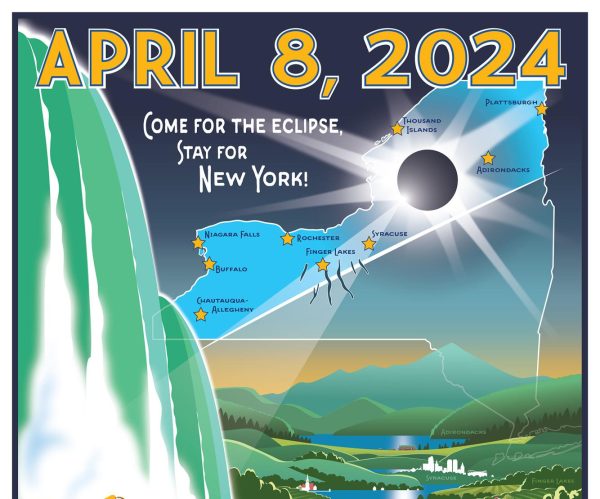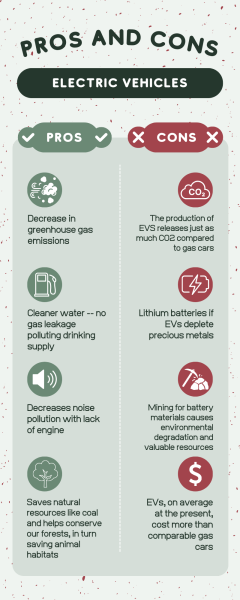Oh No! No More Snow- Climate Change in New York
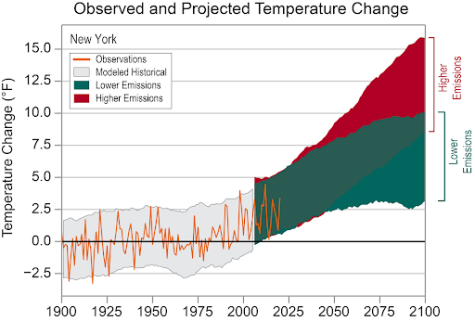
NEW YORK – Our globe’s climate naturally shifts and changes over time. Earth has gone through periods of freezing cold temperatures or rocky volcanic landscapes that affected temperatures as well as the ecosystems of our past. However, the difference between changes in climate in the past and the ever looming threat of global warming is us.
Humans have rapidly shifted the climate on our planet, causing higher temperatures, rising sea levels and sea temperatures, and more frequent storms. As global emissions and temperatures increase, so will the impacts of climate change.
As shown in a graph from the New State Summary by the National Oceanic and Atmospheric Administration (NOAA), these impacts can be seen in New York today. The statewide average temperature has risen by 3° Fahrenheit since 1970, and is projected to rise another 3° by 2080. This change in temperature has greatly impacted New York’s ecosystem, which may no longer be able to support species of plants and animals in New York.
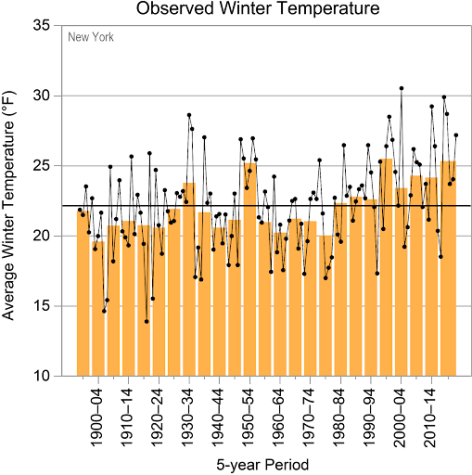
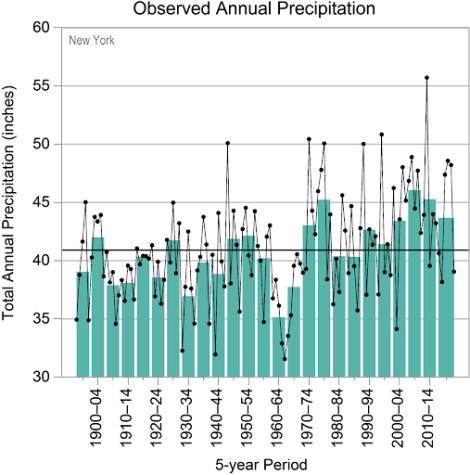
New York winters are beginning to no longer support snowfall, a change that is best demonstrated through the lack of snow days at Hendrick Hudson and surrounding High Schools. Winters in New York have fewer days below freezing, causing more rain, less snow, and earlier snowmelt. This is seen in above graphs by the NOAA on New York temperature and precipitation. Reduced snow has a great impact on plants that depend on snow for insulation when growing or wildlife that depend on snow for protection during the winter.

In order to address the current climate situation, reducing and eliminating greenhouse gasses will not be enough. Proper adaptations and resilience measures are important for reducing risks and vulnerabilities caused by our changing temperatures and ecosystem in New York. By improving our ability to understand and prepare for further impacts due to climate change, the risk of worsening climate impacts in the future is significantly decreased.
Other measures can be taken locally to reduce your own impact on climate change. Obvious solutions like carpooling or public transportation to reduce your carbon footprint as well as habitually turning off lights and unused electronic devices can help in small ways. However the most vital measure you can take to combat climate change is through voting. By voting in New York state representatives in local or state elections that support green solutions to global warming and our changing climate, you can greatly impact our future.
Your donation will promote student journalism at Hen Hud.

Elaine Clarke is a Senior at Hendrick Hudson High School. This is her fourth year writing for the newspaper and first year as editor. Alongside this,...




